In this edition of Sliced, the 3D Printing Industry news digest, we cover the latest business developments, partnerships, and novel applications in the wider 3D printing sector.
Today’s edition features a number of collaborations and investments, new 3D scanning hardware, software updates, medical updates, and leading research in the field of 3D printed X-ray detectors.
Read on for the most recent updates from Hexagon, Microsoft, CyBe Construction, Hybrid Manufacturing Technologies, AM Solutions and more.

New partnerships in additive manufacturing
3D printer OEM Formlabs recently announced a partnership with audio company Sennheiser’s AMBEO division to begin offering customers custom 3D printed earphones. Together, the partners will work to develop a new production method that utilizes phone-based 3D scanning, enabling users to send in scans of their ear crevices. Using Formlabs’ SLA technology, custom earphone geometries can then be 3D printed on an individual basis, ensuring a unique fit better suited to the ear of the customer.
“Our technology collaboration with Sennheiser seeks to change the way customers interact with the brands they love by enabling a more customized, user-centric approach to product development,” said Iain McLeod, Director of Audio at Formlabs. “Formlabs’ deep industry knowledge and broad expertise in developing scalable solutions enable us to deliver tangible innovations to our customers. In this case, we are working with Sennheiser’s AMBEO team to deliver a uniquely accessible, custom fit experience.”
Elsewhere, software developer Materialise has announced a partnership with precision 3D printer OEM Boston Micro Fabrication (BMF). Materialise has developed a custom Magics Print slicing software that integrates with BMF’s Projection Micro Stereolithography (PμSL) micro-precision 3D printing systems, providing users with improved support generation functionality and reduced preprocessing times.
“Today’s agreement will combine the strengths of our leading 3D file editing software with BMF’s powerful PµSL 3D printing technology,” said Karel Brans, Senior Market Director at Materialise. “This will help BMF’s customers achieve the highest level of precision and accuracy available on the market today.”
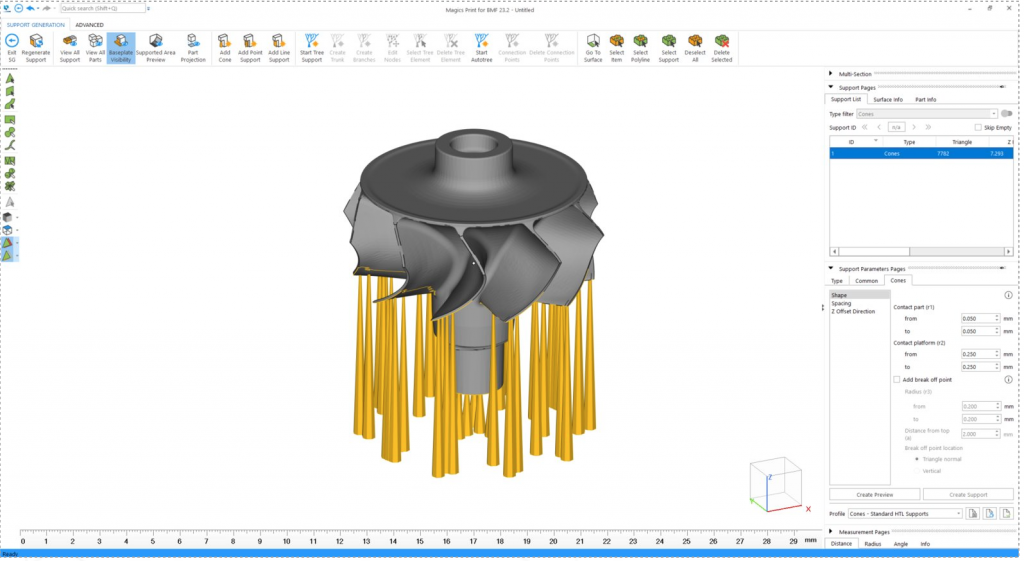
CyBe Construction, a specialist in 3D concrete printing, has revealed its materials supplier for the first time in almost a decade. Building materials manufacturer Korodur has been supplying CyBe with its special 3D printable mortar mix since the duo started working together in 2012. Together, they have completed a whole host of construction projects across Europe, including residential buildings.
Frank Sander, Technical Manager at Korodur, states, “We implemented our first joint project, a residential construction in Dubai, in the desert under the most difficult conditions. Since then, even more exciting properties have been added to this, for example in India, Japan, Indonesia and Saudi Arabia.”
Manufacturing equipment supplier Phillips Corporation has also announced a partnership with 3D printer OEM Markforged, to distribute Markforged’s Digital Forge across both the Americas and Asia. The AI-powered platform includes the company’s metal and composite FFF 3D printing technology, as well as its extensive suite of material filaments.
“Partnering with Phillips Corporation provides Markforged with additional distribution across the Americas and Asia while giving Phillips’ commercial and federal government customers more tools to help them reinvent manufacturing and run more efficiently,” said Shai Terem, CEO at Markforged. “With Markforged, Phillips Corporation customers can harness the power of additive to do everything from optimizing their supply chains by producing parts on demand to truly transforming their businesses.”
Finally, metal powder supplier NanoAL has signed a Commercial License Agreement with Mitsubishi Corporation RtM Japan that will see NanoAL’s Addalloy family of aluminum alloy powders redistributed across Asia’s 3D printing market. The partners also signed a letter of intent for additional partnerships on potential NanoAL aluminum alloy products in the future, including casted and rolled sheets for sectors such as automotive.
Dr. Nhon Vo, CEO of NanoAL, adds, “This announcement is an enormous signal of the market need for Addalloy powders. In partnership with RtMJ, a wholly owned subsidiary of Mitsubishi Corporation, a global integrated business enterprise, we will now be able to reach across the globe to deliver the promise of our aluminum alloy technologies’ excellent performance and economics.”
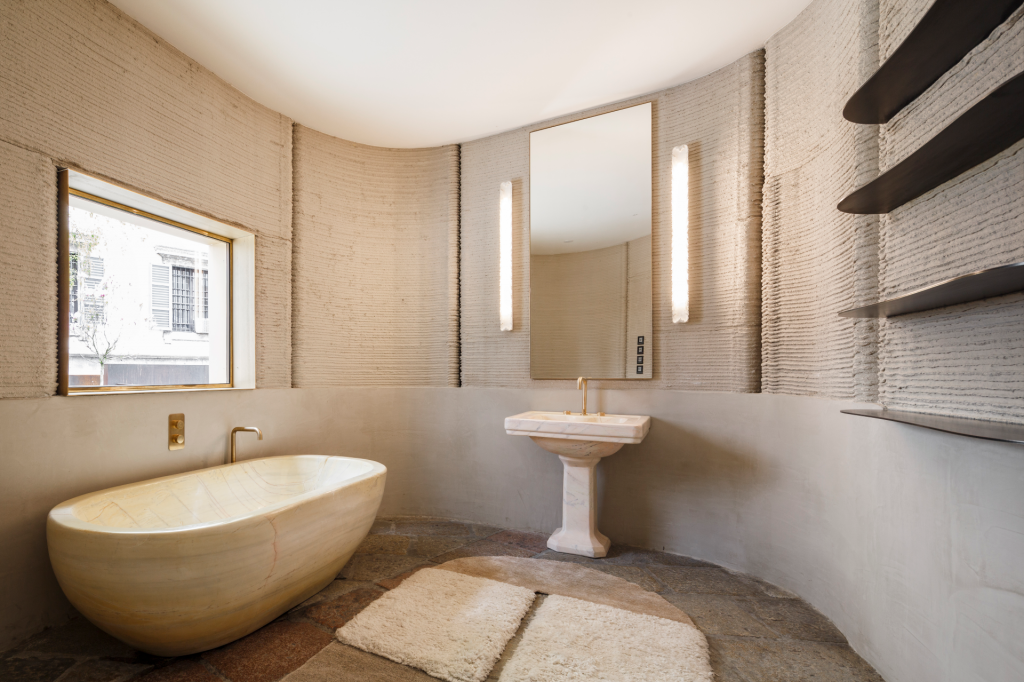
Business developments and investments in the 3D printing sector
UK-based manufacturing equipment OEM Hybrid Manufacturing Technologies (HMT) has debuted its new subsidiary, Hybrid Advanced Manufacturing (Hybrid AM). The new company ultimately serves to improve HMT’s accessibility by providing Manufacturing-as-a-Service (MaaS) using HMT’s proprietary hybrid 3D printing systems.
Dr. Jason Jones, co-founder and CEO of HMT, explains, “We understand that many would like access to our technology, but do not yet have enough demand to purchase their own system. This new division furthers our mission to enable wider access to hybrid technology. Our integrated approach to digital manufacturing drives untapped value for customer applications not practical with other approaches.”
Elsewhere, ICD Applied Technologies, a powder metallurgy subsidiary of international conglomerate ICD Group, has announced its investment in a GE Additive Concept Laser M2 3D printer. Without much detail, the company has stated that it will use its new industrial-grade PBF system to “manufacture complex components for demanding applications”.
Jan Siebert, a General Manager at GE Additive, said, “We are thrilled to see this investment and trust placed in our laser technology. It’s great to see the ICD Applied Technologies team put additive and an M2 system at the heart of its technology strategy, but also acknowledge the complementary synergies with conventional manufacturing.”
To round things off, 3D printing service bureau AM Solutions has purchased a DECI Duo metal surface finishing system from post-processing equipment OEM PostProcess Technologies. The investment is set to complement AM Solutions’ extensive portfolio of metal 3D printers, enabling the company to deliver high-quality metal components to its customers.
Ubaldo Concilio, General Manager of AM Solutions, explains, “With the DECI Duo, we have an additional innovative solution to develop tailor-made and hybrid processes, delivering high-quality finishing results for complex metal parts to our customers. It is our main goal to deliver the top-tier results that meet the unique needs of our customers, and the new finishing technology will help us to achieve these goals.”
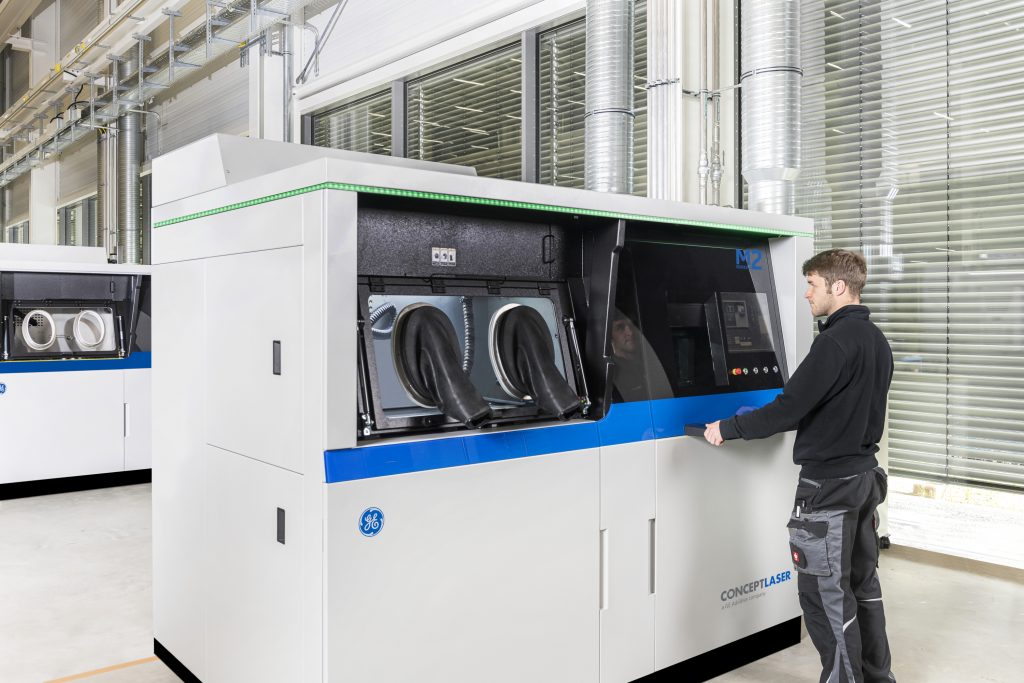
Hardware, software and materials updates from Hexagon, Microsoft and ACEO
Engineering company Hexagon’s Manufacturing Intelligence division recently launched a new high speed, non-contact sensor for use with its GLOBAL S and OPTIV M lines of CMM 3D scanners. The sensor operates on chromatic white light technology and is primarily aimed at electronics and medical manufacturers looking to rapidly inspect delicate parts, including 3D printed ones, with a variety of surface finishes.
Wolfgang Madlener, VP of machine tools and sensor devices at Hexagon, said, “We are excited to introduce these highly specialized sensors to address the need for continuous sampling at high accuracy and speed. We recognise that our customers need new approaches to address evolving product designs, manufacturing techniques and the agility to address new markets.”
Hexagon has also recently advanced its existing partnership with France’s Technical Centre for Mechanical Industry (CETIM). As part of the collaboration, the partners will add binder jet 3D printing to Hexagon’s ESPRIT CAM engineering software. The program, which already supports DED and PBF 3D printing, has now been used by CETIM to 3D print six impeller parts using a Digital Metal binder jetting system.
Clement Girard, ESPRIT’s additive product manager, explains, “We used the ESPRIT Additive PBF product to slice the 3D model and produce a compatible file format that would be readable by Digital Metal’s machine. All data preparation was done using a version of ESPRIT Additive PBF that’s still in development.”
In an unforeseen turn of events, tech giant Microsoft has removed the ‘3D Objects’ folder from the sidebar of the File Explorer. The largely unused repository has previously been dubbed Windows 10’s most useless folder, and was culled with the launch of Windows 10 1703, the Creators Update. The company has replaced the folder with the ‘3D Viewer’ application, which enables users to inspect and manipulate 3D models in a virtual workspace.
According to the update’s release notes: “The 3D Objects folder will no longer be shown as a special folder in File Explorer after updating to this build. If you need to access this folder, you can do so via typing %userprofile% in File Explorer or through the navigation pane option Show all folders.”
Finally, 3D printing service provider ACEO, the silicone 3D printing arm of WACKER, has launched a new multi-material combination for its material jet 3D printing technology. ACEO customers will now be able to commission 3D printed soft silicone elastomers alongside hard epoxy thermoset materials, enabling users to experiment with novel functional components. The materials can easily be separated and ACEO will provide design guides to aid users in designing their hard/soft multi-material parts.
Dr. Karl Bitzer, Head of Product Management at adhesives manufacturer DELO, adds, “Epoxies are typically used in high durability applications. Enabling 3D printing in combination with silicone elastomers will open up new opportunities in high performance market segments such as electronics, automotive, manufacturing tooling, and more.”
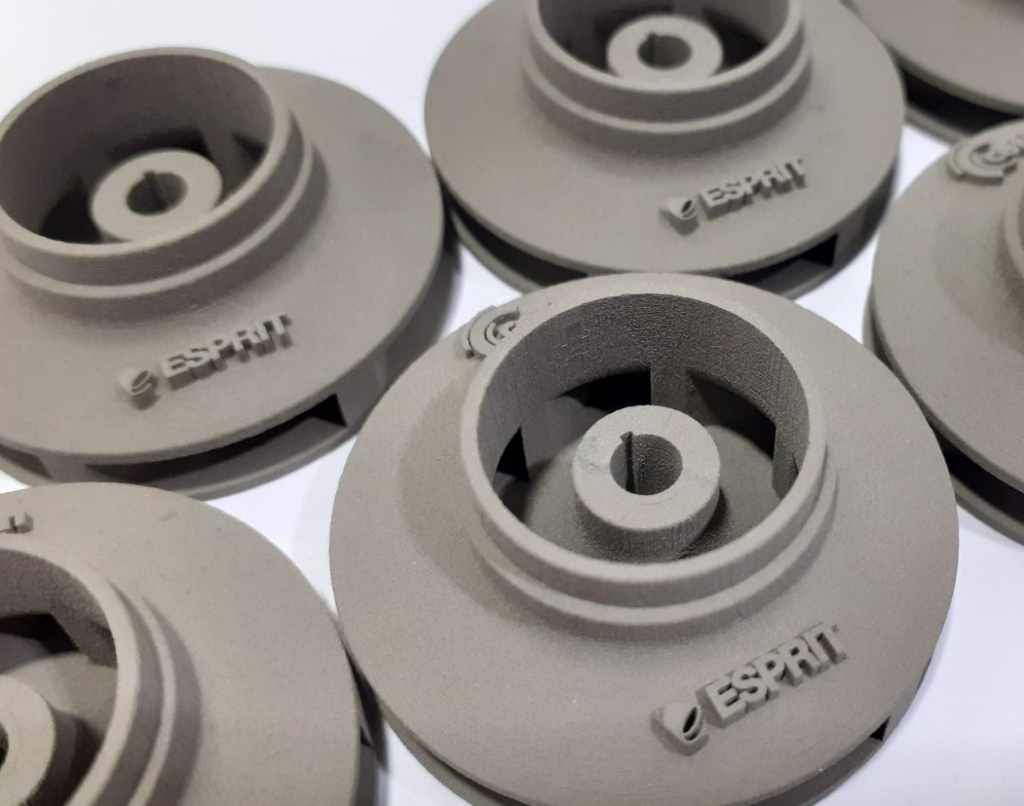
Medical 3D printing applications from BCN3D and FLEXpine
IDEX FFF 3D printing technology from OEM BCN3D has been used to help treat cancer patients in Argentina. Specifically, Dr. Gustavo Nari collaborated with engineering firm Mirai3D to 3D print lifelike medical models of a 65-year-old patient’s liver, one that suffered from cancerous liver metastasis. The models enabled improved visualization and were used in the surgery planning stage of the patient’s treatment, increasing the chances of success while cutting the surgery time significantly.
Dr Nari explains, “Thanks to the use of this 3D model, the surgical time could be reduced by approximately 45 minutes, resulting in a total surgery time of 3 hours.”
Elsewhere, 3D printed medical device provider FLEXpine Brace recently announced that its patented 3D printed scoliosis back brace had been used to treat its 300th patient. While conventional rigid back braces are long and limit user motion, FLEXpine’s 3D printed braces are shorter and custom fit for each individual patient. This enables wearers to exercise actively and strengthen their back muscles, helping in the rehabilitation process.
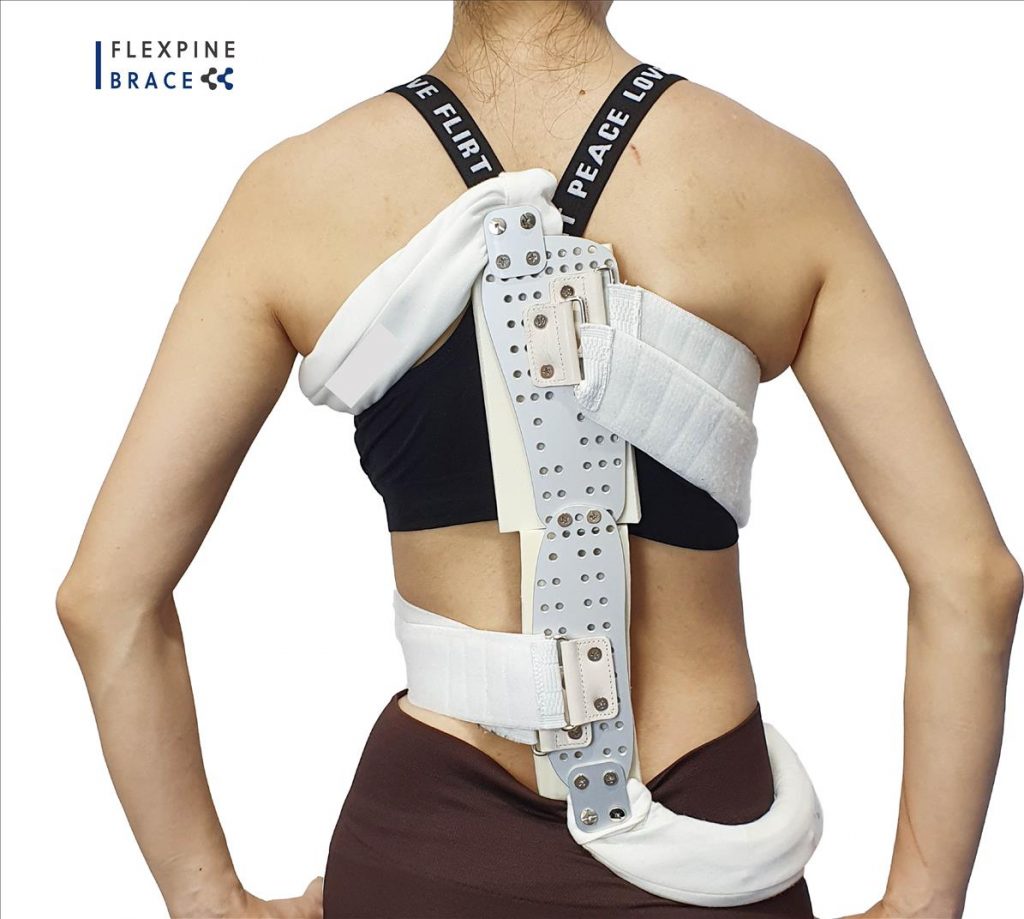
3D printed X-ray detectors from EPFL
In the academic sphere, researchers from the École polytechnique fédérale de Lausanne (EPFL), Switzerland, recently 3D printed a set of working X-ray detectors using a 3D aerosol jet printer. The structures are an integral part of medical imaging devices such as CT scanners, and serve to detect the level of radiation being emitted by an X-ray source. Here, the 3D printed detectors consisted of perovskite pillars on a graphene substrate, where the former acted as the actual detector and the latter amplified the outgoing electrical signal.
Interestingly, the team’s 3D printed detectors recorded a four-fold improvement in sensitivity when compared to current best-in-class medical imaging devices. “By using photovoltaic perovskites with graphene, the response to X-rays has increased tremendously,” says László Forró, lead author of the study. “This means that if we would use these modules in X-ray imaging, the required X-ray dose for forming an image could be decreased by more than a thousand times, decreasing the health hazard of this high-energy ionizing radiation to humans.”
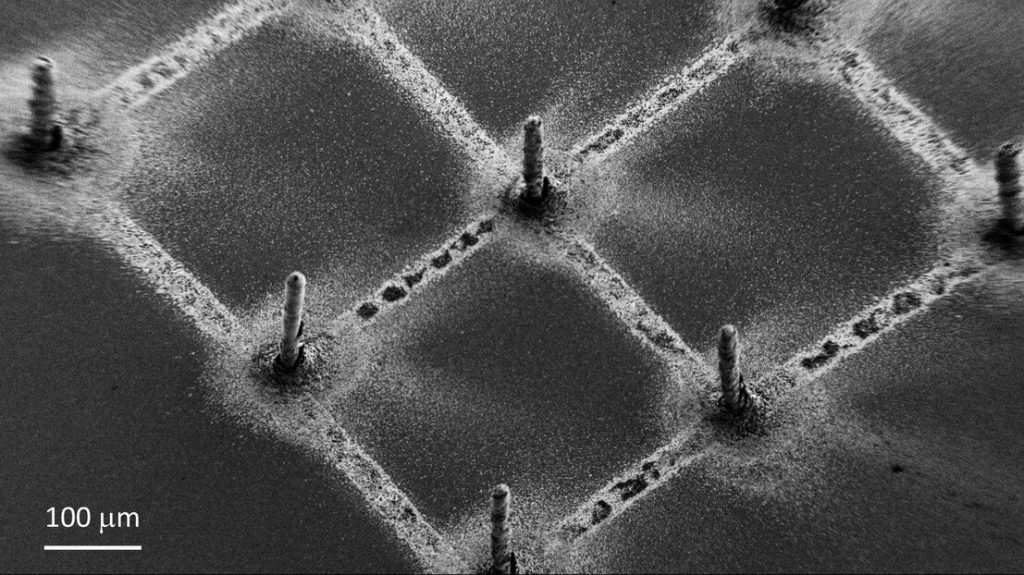
3D Print Congress & Exhibition postponed to April 2022
3D Print Congress & Exhibition, a France-based additive manufacturing trade show, has postponed its next event to 5 – 7 April 2022. The show was originally set to take place in June 2021 in Lyon but the ongoing COVID-19 restrictions have made this impossible. To make up for the missed show, the event organizers have also proposed a 3D Print Congress & Exhibition event this Autumn in Paris, although this will depend on the trajectory of the virus over the coming months.
Subscribe to the 3D Printing Industry newsletter for the latest news in additive manufacturing. You can also stay connected by following us on Twitter and liking us on Facebook.
Looking for a career in additive manufacturing? Visit 3D Printing Jobs for a selection of roles in the industry.
Featured image shows the Sliced logo on an image of a 3D printed X-ray detector. Image via EPFL.


